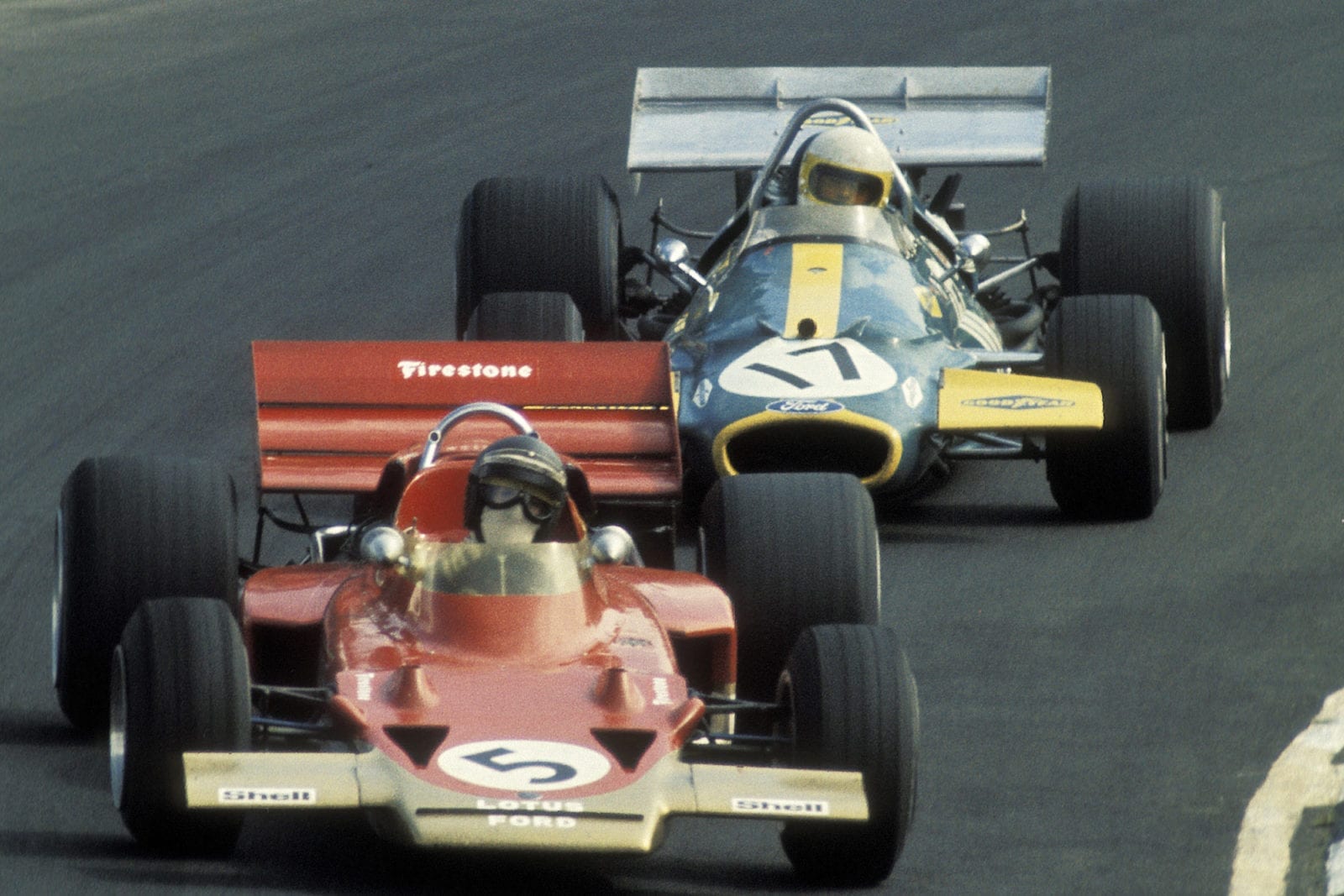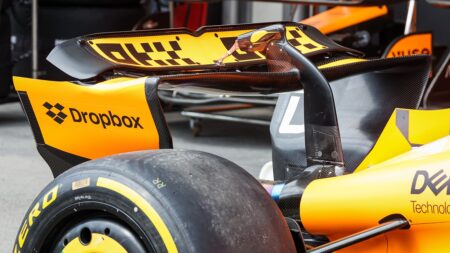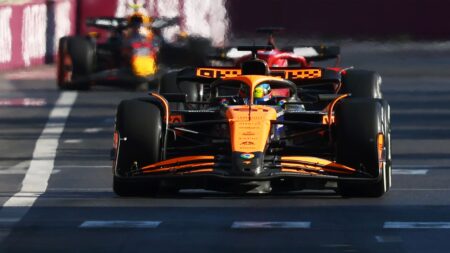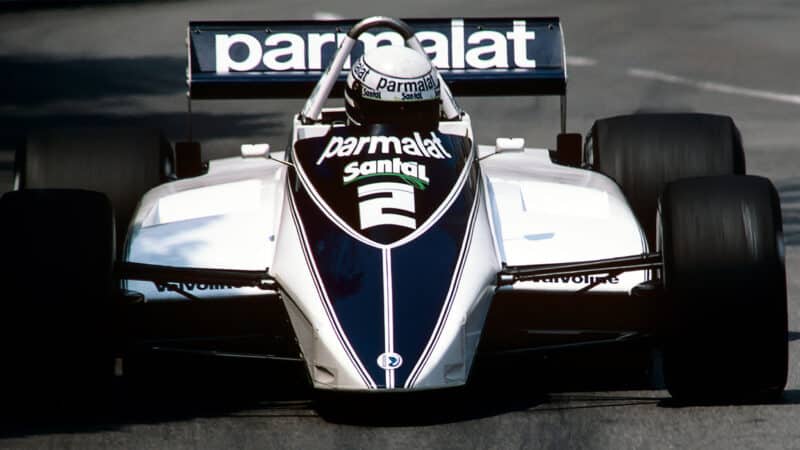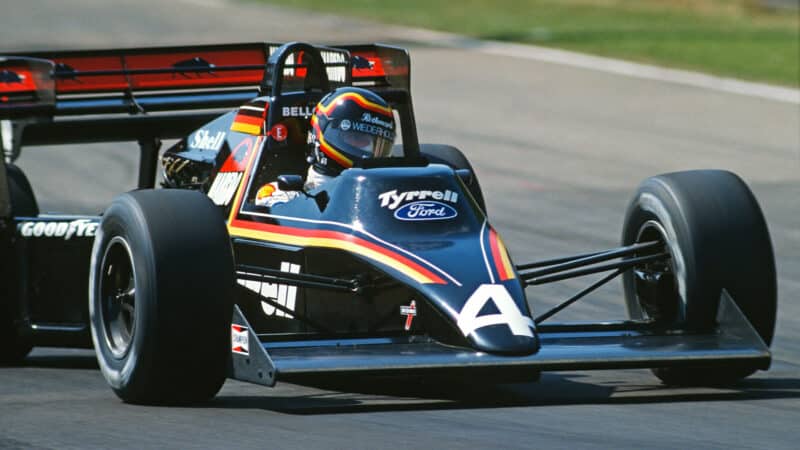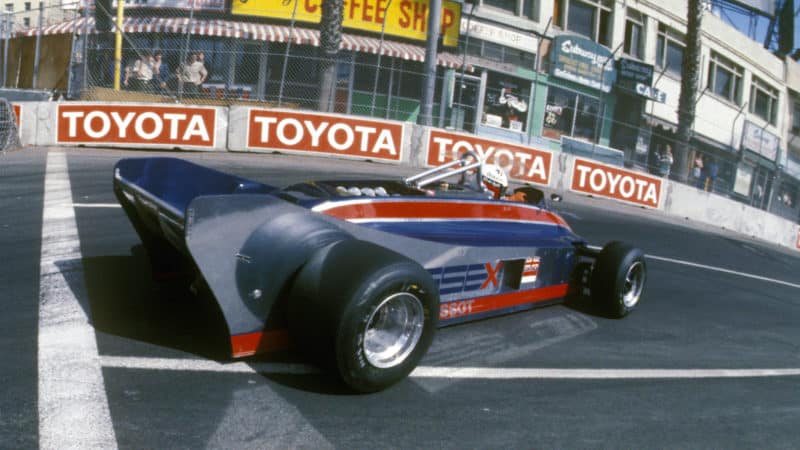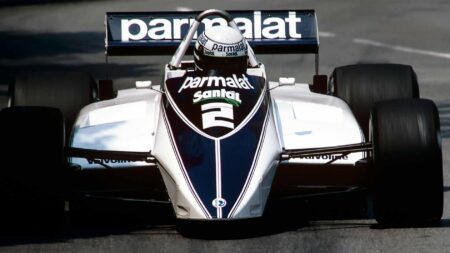Had people been up to tricks for years, or did the start of the ’70s, with sponsorship raising the stakes, herald a new era of ‘anything goes’? One thing is certain; by the end of the decade, rule bending was rife in F1. Since very few examples were actually brought to justice, we have to tread rather carefully.
Inevitably engines are the chief source of speculation, and insiders have long suggested that one of the most popular World Champions of the decade won a title with a less than legal powerplant. For years we had 3-litre engine regulations, and for years there was the possibility of running a 3.3-litre motor or similar without anyone finding out. Easier still was using dodgy fuel with illegal additives like nitromethane.
Fuel first hit the headlines at Monza in 1976. The Italian scrutineers were extra vigilant that weekend, even disallowing the practice times of a Ferrari – Clay Regazzoni’s, when they found its wing was 10mm too far back. Since that session was wet, it hardly mattered, but they scored a real coup the following day when the McLarens of James Hunt and Jochen Mass and the Penske of John Watson lost their only dry qualifying times because fuel samples exceeded the permitted octane ratings.
All three eventually started from the back of the grid, and the whole affair was dismissed as an attempt by the Italians to upset Hunt’s title challenge. Later the FIA (then the CSI) admitted that its testing methods were inadequate.

Hunt before a wet Monza practice session during 1976 – McLaren fuel discrepancies soon became a controversy
Grand Prix Photo
Fuel became even more of an issue in the turbo era, as the engine builders and their suppliers pushed the limits. When Nelson Piquet won the 1983 championship after a surge late in the season, there was little doubt that fuel development had played a major part. Whatever was in the BT52’s tanks was never officially proved to be outside the rules, but runner-up Alain Prost has gone on record as saying that his rival used illegal fuel. Some sources say it even had its origins in World War II.
While power is always useful, the other great aid to speed is weight, or the lack thereof. These clays cars are weighed at random throughout qualifying, and the scope for trickery is limited. But up to 1983, checks came only at the end of a session. Until the flag, you could do pretty much what you wanted…
“It was very easy to top up the car with something like a lead seat”
It’s impossible to say how many brilliant qualifying performances in the late ’70s and early ’80s were achieved by underweight cars. Some teams were quicker than others to cotton on to the possibilities, but weight-saving techniques soon became standard practice, as one former team insider recalls:
“Just before the end of practice it was very easy to top up the car with something like a lead seat, which could weigh anything up to 30kgs, or a rear wing which also was extremely heavy. We had an engine cover which took about six people to lift! Or you could put on the heavy wheels, which might even have water inside them.”
Of course, if your car did a quick time and then stopped on the circuit before the trick stuff was fitted for scrutineering, you could be in for trouble. On one famous occasion in Argentina some mechanics set off to their abandoned car with a heavy seat and successfully performed a swap but only after a contretemps with the local marshals.
